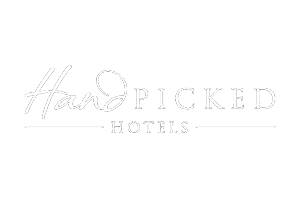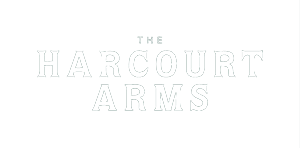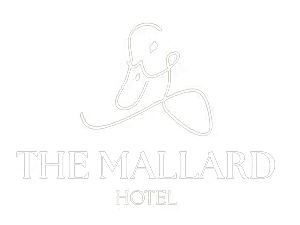
Steering clear of the competition? Don’t get left in the dust! Top tips for defining and understanding your competitor set
Staying ahead of the competition is crucial to any business and, for hoteliers, it all starts with defining and understanding your competitor set.
Ignoring your competitors is akin to driving blindfolded. You might reach your destination eventually, but the journey will be fraught with challenges and potential detours.
As revenue managers, we aim to equip you with the knowledge and tools to navigate the competitive landscape with confidence. We’ll steer you through defining and understanding your competitor set, ensuring you have a clear roadmap to success.
Why is competitor analysis vital to a hotel’s success?
So, why exactly is analysing your competitors so important? Here are a few key reasons:
- Benchmarking performance: By understanding your competitors’ pricing strategies, occupancy rates, marketing tactics, and guest reviews, you can assess your own performance and identify areas for improvement.
- Identifying opportunities: Competitor analysis can reveal potential gaps in the market that you can exploit. Perhaps they’re neglecting a specific guest segment or overlooking a particular marketing channel.
- Staying informed: The hospitality industry is constantly evolving. By keeping track of your competitors’ moves, you can anticipate trends and adapt your strategies accordingly.
- Developing a competitive advantage: By learning from your competitors’ strengths and weaknesses, you can position yourself more effectively and attract your ideal guests.
In essence, competitor analysis allows you to make informed decisions, optimise your strategies, and ultimately, gain a competitive edge.
Defining your competitor set: It’s not just about the hotel next door
Who exactly are your competitors? It might seem self-evident, but defining your competitor set goes beyond simply looking at the hotels on your street or in your town.
Firstly, you might want to consider your star rating and category. Are you a boutique hotel, a family-friendly resort, or a luxury spa retreat? Compare yourself to hotels that cater to a similar audience and offer a similar level of service and amenities.
You’ll need to think about your general location, and not just your physical address. While geographic proximity is important, consider the broader context. Are you located in a bustling city centre, a quiet beach town, or near a historical landmark? This will determine which hotels are competing for the same pool of potential guests.
Next, consider your guest segments - who is it you are trying to attract? Business travellers, couples on a romantic getaway, or families with young children? Understanding your target audience allows you to identify hotels that cater to similar guest segments.
Remember, your competitor set is not static. It can shift based on factors like seasonality, special events, and economic conditions. Regularly reviewing and refining your competitor set ensures you’re always comparing yourself to the most relevant players in the market.
Top tips for understanding your competitor set
Once you’ve defined your competitor set, it’s time to delve deeper and gain a comprehensive understanding of their strategies.
This might include strategies such as:
- Becoming a mystery shopper: Experience what your competitors offer firsthand. Book a stay at their hotel, dine in their restaurants, and explore their amenities. Pay close attention to the guest experience, pricing, and overall atmosphere. What is it that they’re doing better than you, and how do you outshine them?
- Monitoring their online presence: Regularly checking your competitors’ websites and social media channels can give a good insight into what goes down well with guests and what might be falling a little flat. Analyse their content, promotions, and engagement levels. You can also use online reputation management tools to track their guest reviews and identify areas where they excel (or fall short).
- Subscribing to industry publications and reports: Stay updated on industry trends, competitor news, and market research insights.
- Attending industry events and conferences: Networking with other hoteliers and industry professionals can provide valuable insights into competitor strategies and market trends.
By actively gathering information and analysing your competitor set, you gain a deeper understanding of their strengths, weaknesses, opportunities, and threats. This “SWOT analysis” empowers you to make informed decisions about your own pricing, marketing, and guest experience strategies.
Go beyond the data: The human touch in competitor analysis
While data and analytics are crucial, don’t underestimate the value of qualitative insights. Talk to your guests, understand their preferences, and identify what attracts them to your hotel over the competition.
Remember, your competitor set is made up of people, not just numbers. By understanding their approach and the factors influencing their decisions, you can develop your own unique value proposition that resonates with your target audience.
Keep your foot on the pedal
The road to hospitality success is ever-shifting, and the competition will never be far behind. But by consistently analysing your competitor set, you can stay ahead of the curve, optimise your strategies, and ultimately, keep driving up that bottom line.
For further guidance and support in developing effective hotel revenue management strategies, don’t hesitate to contact the experienced team at Octopus Revenue. We can help you gain a deeper understanding of your competitor set and implement powerful strategies to drive revenue and achieve your hotel’s full potential.














